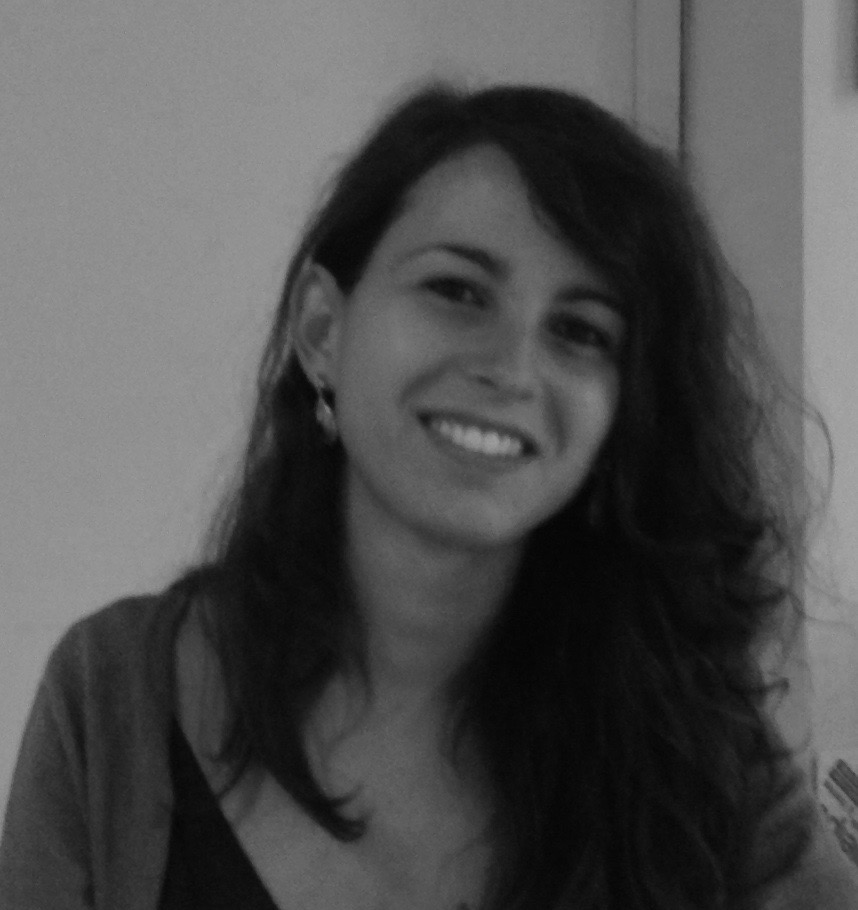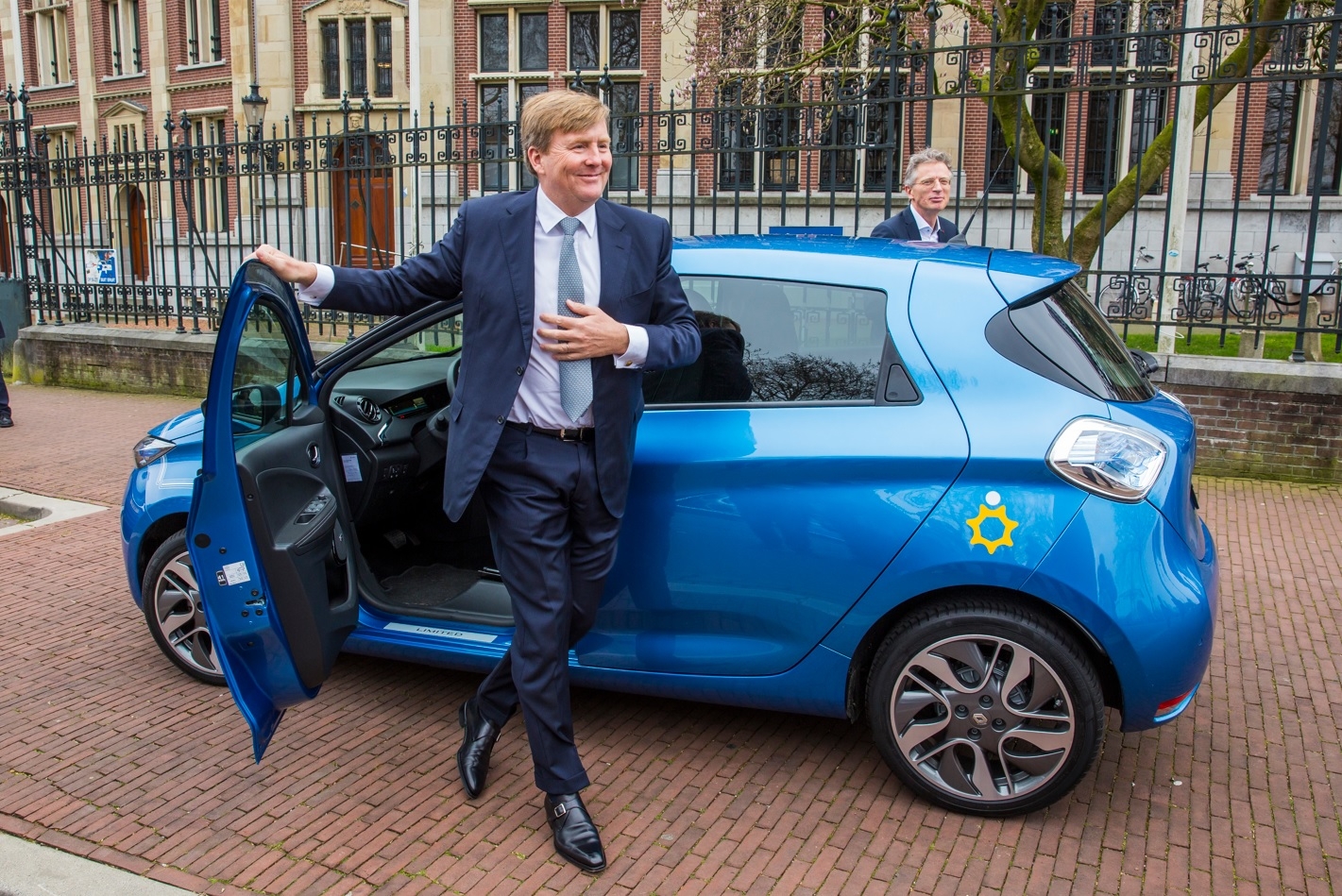Some might consider it odd that a country certainly not renowned for being sunny has invested and believed so much in solar that it now ranks first in solar capacity per capita in the EU. After years of German dominance, the Netherlands has led the ranking first in 2021 and again in 2022, ahead of Germany, Denmark, and Belgium, with more than 1,000 watts per person, a 28% increase from the 815 W per capita recorded in 2021.
In 2022, the total capacity of installed solar panels increased by an average of 30% over 2021, while power generation from solar panels increased by 46% over the previous year, mainly due to new installations. The share of solar energy used for electricity and heating on total energy consumption thus grew from 2.1% in 2021 to 3.3% in 2022. Businesses are the ones that contribute the most: nearly 60% of this energy comes from solar panels installed on commercial structures, while the rest comes from residential buildings.
The Netherlands has a total installed capacity of just under 24.4 gigawatts, equal to 1,386 watts per inhabitant, or 3.5 solar panels per person – a number that has never been recorded before. Being the front runner in solar power also means that the Dutch will be the first to run into capacity and grid congestion issues. The power grid will reach its maximum capacity in several locations in the next few years, and grid operators are already working to innovate and expand it, carrying out hundreds of upgrades and reconstructions that are likely to cause disruptions.
Business owners and institutions are already seeing prolonged waiting times to connect to the grid and to increase grid capacity. Grid capacity limitations will force both the residential and commercial segments to come up with smart projects and innovations, to face problems and opportunities that require wide-ranging cooperation between industry and government.
Sustainable investments in the public and private sectors
In the Netherlands, as in many other developed nations, the demand for energy continues to grow, while gas extraction in the Groningen area, which was halted last October except for emergencies, will cease permanently from October 2024. Government targets are clear: by 2030, 70% of all Dutch electricity must come from renewable sources, from offshore and onshore wind turbines to solar panels on roofs and in solar parks. A challenge that, coupled with the ambitious zero-emissions target by 2050 and the need to ensure supply reliability, requires strategic choices and effective investments.
The Rijksdienst voor Ondernemend Nederland (RVO), a state agency managing the SDE++ renewable energy programme, has allocated 13 billion euros in 2022 and 8 billion in 2023 for the development of the sector, with subsidies to produce essential parts of electrolysers, batteries, and solar panels. Together with the Investeringssubsidie Maakindustrie Klimaatneutrale Economie (IMKE), an incentive scheme to make the Dutch economy climate neutral, last June the Dutch government allocated 2.6 billion euros from the Nationaal Groeifonds (national growth fund) for research, development, and innovation in climate, energy, high-tech, digitisation, and health.
Investments, however, are not limited to the public sector. Private citizens can use several platforms to invest their savings in the energy transition. ZonnepanelenDelen and DuurzaamInvesteren are just two examples of such portals, streamlining investments from a few hundred euros upwards in solar panels installation projects, energy storage companies – GIGA Rhino’s Rhino Batterij, for example, have been crowdinvested for nearly 7 million euros – or in startups such as Refurb Battery, which develops, builds, owns, and operates energy storage solutions based on batteries used for electric mobility.
A roadmap for energy storage
Looking forward, the Netherlands will become a net exporter of electricity, with a need for energy storage. Batteries and storage are, in fact, another key element of the system. As more renewable energy is used and the power grid becomes congested, advances in storage technologies become more and more important to energy management, especially considering the need for strategic stocks and supply reliability.
Last June, Climate and Energy Minister Rob Jetten presented the roadmap for energy storage in a letter to the Dutch Parliament. “In a renewable energy system, energy production comes almost entirely from variable sources such as wind and solar,” he wrote. “The potential differences between supply and demand will therefore be greater than in the previous energy system, which consisted primarily of controllable coal- and gas-fired power plants and natural gas heating. [...] Keeping the energy system in balance requires flexibility, which can be provided in various forms: flexible demand management, power control (without CO2), interconnection (with other countries), and energy conversion and storage”.
Devised with input from various stakeholders in the sector, the Routekaart Energieopslag, or Energy Storage Roadmap, outlines the actions to be taken to promote energy storage (storage of electricity, molecules, and heat) to 2035 and beyond. In particular, it contains an analysis of the status quo and an overview of planned developments, an inventory of actions aimed at the success of the sector with specific action holders and targeted deadlines, and, finally, an in-depth analysis in preparation for the policy choices to be made for the long-term vision of the National Energy System Plan (NPE).
The growth of charging infrastructure and solar technology companies
Together with crucial government leadership, the entrepreneurial spirit of Dutch companies is emerging as they make their way into the European market. Funded through crowdinvesting platforms and beyond, Fastned, a leader in widespread infrastructure for electric vehicles, will open its first charging station in Italy in 2024. From the French Riviera to Scotland, the Amsterdam-based company is now active in eight countries, with 1,700 charging stations in 300 different locations. Its charging stations are innovative both in function and design, inspired by nature with a vertical stem, branches, and a canopy of leaves covered in solar panels. Fastned is in good company, as many businesses are expanding abroad whose vision and resources are focused on creating the infrastructure that this transition needs.
Founded in July 2022 as a joint venture between Daimler Truck, Traton Group, and Volvo Group, Milence opened its first public electric charging station for heavy-duty vehicles last December in Venlo, Noord-Limburg, followed by a station in Rouen, France, and one in Antwerp, Belgium. Its goal is to build the infrastructure required to enable the zero-emission transition of heavy-duty vehicle transport with the near-term target of 1,700 high-capacity public charging points across Europe by 2027.
Moreover, last February, Soly, a Dutch B Corp among the leading European companies in decentralised energy generation and storage through solar panels, batteries, and charging stations, which is already active in 6 countries, announced its expansion into Italy, Spain, France, and Scandinavia along with the closing of a 30 million euros Series B investment round.
Also in February, SolarDuck, a leader in offshore floating solar photovoltaic (OFPV) technology, signed a partnership with Italy’s Green Arrow Capital and New Developments for an offshore wind-solar hybrid project in the Gulf of Taranto, off the coast of Corigliano-Rossano, Calabria. The park, which aims to generate more than 160 GWh of solar energy per year, will include 28 floating wind turbines for a wind capacity of 420 MWp, as well as a 120 MWp OFPV park, for a total capacity of 540 MW. The project is now awaiting authorisation, with an expected commissioning date of 2028.
DOWNLOAD AND READ THE NEW ISSUE OF RENEWABLE MATTER: ENERGY
This article is also available in Italian / Questo articolo è disponibile anche in italiano
Images: We Drive Solar
This content is produced thanks to the support of sponsors



